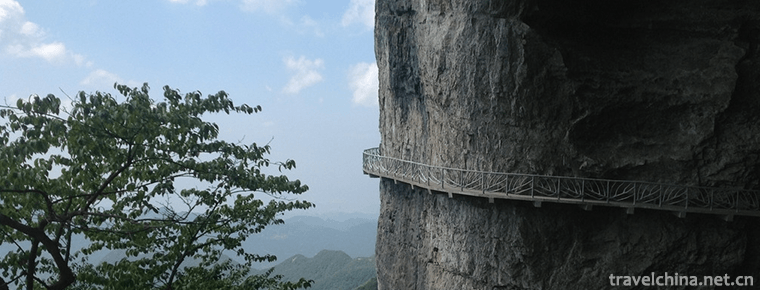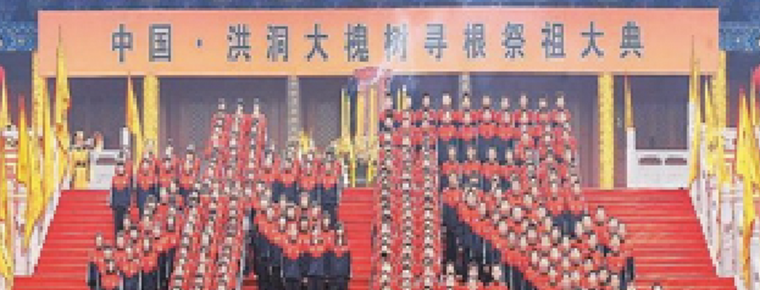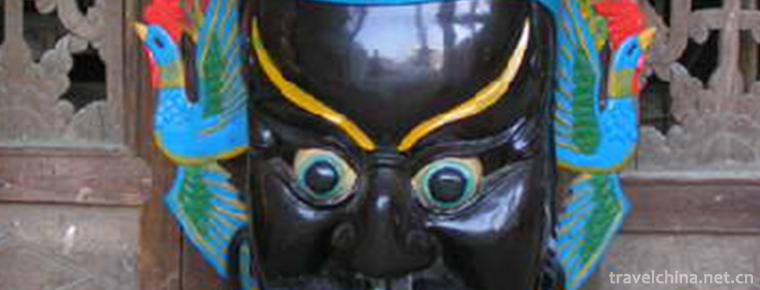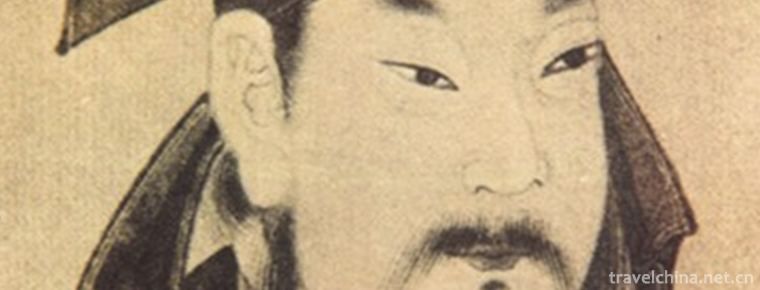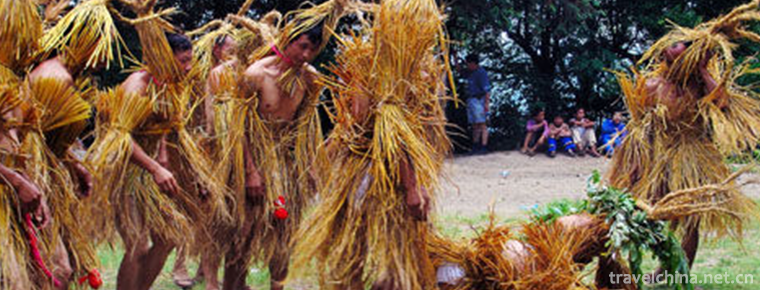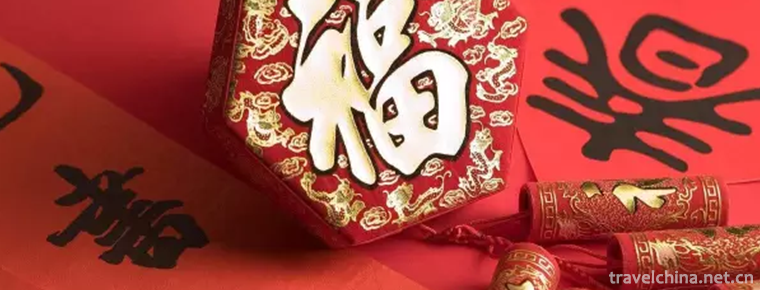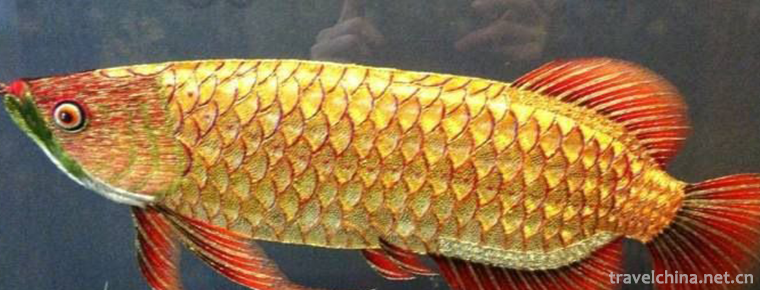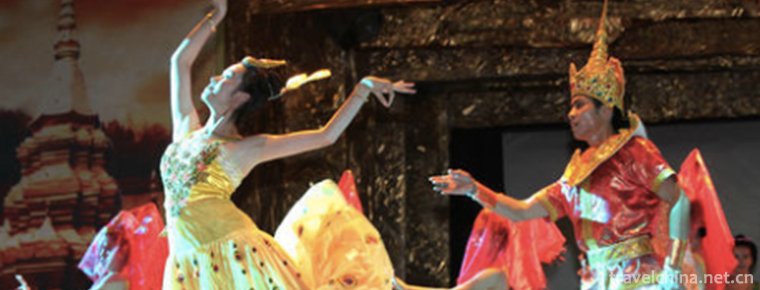Kazakh Costume
Kazakh Costume
Kazakh people are characterized by pastoral nomadic culture. Their clothes are easy to ride. Their national clothes are mostly made of sheep's skin, fox's skin, deer's skin and wolf's skin, reflecting the life characteristics of the mountain grassland people.
Historically, the vast majority of Kazakhs lived a nomadic life, which was driven by water and grass. Therefore, their clothes were characterized by a strong grassland animal husbandry life. Pastoral democracy uses the fur of livestock as raw material for clothing. Kazakh men like to wear cotton sweaters and pants, like to use plush, gabardine and other clothing. Black, coffee and other dark colors are mostly used in color. In winter, they mainly wear leather coats and pants. Selected materials are mainly sheep's skin, but also wolf's skin, fox's skin or other precious animal skins. For ease of mounting and dismounting, trousers are sewn with sheepskin to make crotch trousers, so they are broad, strong and durable. Most shirts are high collars with embroidered lace. Shirt jacket shoulder, shoulder wear short clothes, sometimes also wear "loops". Family Honorary Produce on July 10, 2015 .
On June 7, 2008, Xinjiang Uygur Autonomous Region and Yili Kazakh Autonomous Prefecture jointly declared "Kazakh costumes" which were approved by the State Council of China and included in the second batch of national intangible cultural heritage list.
Clothes & Accessories
Men's style
Men wear Pullover shirts with high collars. Young people wear embroidered colored patterns on their collars. They wear Western vest, outside.
Wear a cloth or fur coat, belt around waist, knife on top, easy to eat, wear jacket leather trousers for riding, wear caps in winter, spring, summer and autumn. In winter and spring, the cap is made of fox or lamb skin, with two ear fans on the left and right, a long tail fan on the back and four edges on the top. The cap can cover the snow and cold. In summer and autumn, the cap is made of lamb hair, white felt cap, and the flanging of the cap is made of black velvet. The cap is both rain-proof and heat-proof. Men wear shoes and boots made of leather.
Female style
Kazakh women's clothing is colorful. They like to use white, red, green, light blue satin, flower cloth, wool textiles and other raw materials to make dresses, young girls and young women generally wear sleeves embroidered, with a multi-layer lotus leaf hem dress. Wear shoulder or jacket in summer, cotton jacket in winter and cotton overcoat when going out. Women are most particular about hats and headscarves. The unmarried girl wears a beautiful triangular or square headscarf in summer, and a hard-shell dome cap with owl feathers in winter, which symbolizes bravery and firmness. When the bride wears a pointed hat with embroidery and gold and silver jewelry decoration, and a string of beads hanging in front of her face. A year later, she wears a flowery headscarf and a shawl when she has children.
Hat
Winter hat
A pointed quadrilateral cap made of fox or lamb skin
Autumn hat
White felt hat made of lamb hair
Brief Description of Kazakh Nationality
Chinese Kazakhs (Slavic: Kazakh: maple k, Arabic: Kazakh) are ethnic minorities of China with a population of about 1.4 million. The world's population of Kazakhstan is about 18 million. Kazakhs in China are mainly distributed in Xinjiang Uygur Autonomous Region. The Kazakh language they use is the Arabic alphabet Kazakh, and Kazakhstan uses the Slavic alphabet Kazakh. Kazakh is the main ethnic group in Kazakhstan, and the ethnic minorities of Russia, Uzbekistan and Turkey.

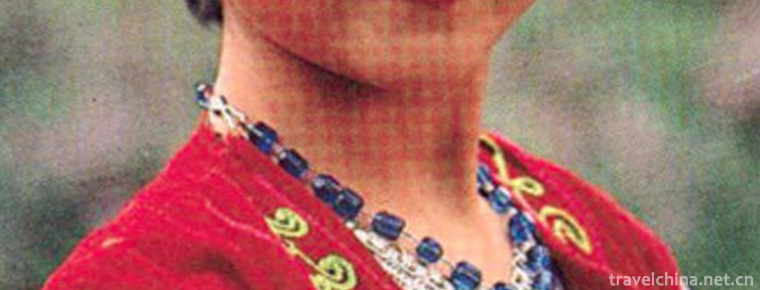
-
Nanchuan Jinfo Mountain
Jinfo Mountain: World Natural Heritage, National AAAAA Tourist Scenic Spot, National Key Scenic Spots, National Forest Park, National Nature Reserve, National Natural Heritage.
Views: 271 Time 2018-12-12 -
Blue Moon Bay Hot Spring Resort
Lanyuewan Hot Spring Resort is the largest four-star garden-style foreign-related hotel and national AAAA-level tourist scenic spot in Western Guangdong. It is located in the quiet "Guangzhou Bay.
Views: 182 Time 2019-01-29 -
Custom of sacrificing ancestors to the great locust tree in Hongdong
During the period from Hongwu to Yongle in the Ming Dynasty, an unprecedented migration took place under the great locust tree in Hongtong. It lasted 50 years and moved 18 times.
Views: 111 Time 2019-05-03 -
Production Techniques of Mongolian Lele Car
Lele cart is a cattle cart in Mongolian area, also known as roller cart. Its origin can be traced back to the "Yuan Yuan" recorded in Han Shu. As far back as the Qin and Han Dynasties, the H.
Views: 189 Time 2019-06-03 -
Pingxiang Xiangdong Nuo Mask
Nuo mask is an important part of Nuo culture. It is used in Nuo etiquette, Nuo dance and Nuo opera. Nuo mask in eastern Hunan is an excellent traditional Chinese sculpture with a long history. Eastern.
Views: 166 Time 2019-06-09 -
Legend of Wang Xizhi
Wang Xizhi's legend is a local folklore in Shaoxing City, Zhejiang Province. Wang Xizhi has few words. Jin Dynasty, one of the most famous calligraphers in China, once served as a general of the Right.
Views: 203 Time 2019-06-26 -
Maogus Dance of Tujia Nationality in Western Hunan
Maogus Dance of Tujia Nationality in Western Hunan Province, the traditional dance of Tujia and Miao Autonomous Prefecture in Western Hunan Province, is one of the national intangible cultural heritag.
Views: 174 Time 2019-07-06 -
Couplet Custom
Couplet is a couplet inscribed on the pillar of the couplet, also refers to the couplet, is a unique form of literature and art in China. The custom of couplets originated from the dual phenomenon of .
Views: 187 Time 2019-07-14 -
Guangdong embroidery
Guangdong embroidery is the general name of Guangzhou embroidery (Guangzhou embroidery) and Chaozhou embroidery (Chaozhou embroidery). It is one of the four famous embroidery in China..
Views: 202 Time 2019-07-16 -
Shaoshutun and Munona
Manmaisankang National AAA Scenic Area, where every day the love story between Zhaoshu Tun and the Peacock Princess Munona, beautiful music, more than 100 peacocks falling from the sky, the beautiful .
Views: 96 Time 2019-07-25 -
Chengdu University of Information Technology
Chengdu University of Information Engineering is a provincial general undergraduate college jointly established by Sichuan Province and China Meteorological Bureau and the key development of Sichuan P.
Views: 248 Time 2019-08-31 -
A city with a fire by one Cold thinking behind Ding Zhen hot
With the popularity of microblogging for nearly seven months, the popularity of microblogging has been created for a long time. At the same time, the hometown of Ding Zhen, Litang County, Ganzi Tibetan Autonomous Prefecture, also ushered in several times the search volume and real gold and silver tourism orders..
Views: 73 Time 2020-12-07
